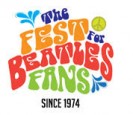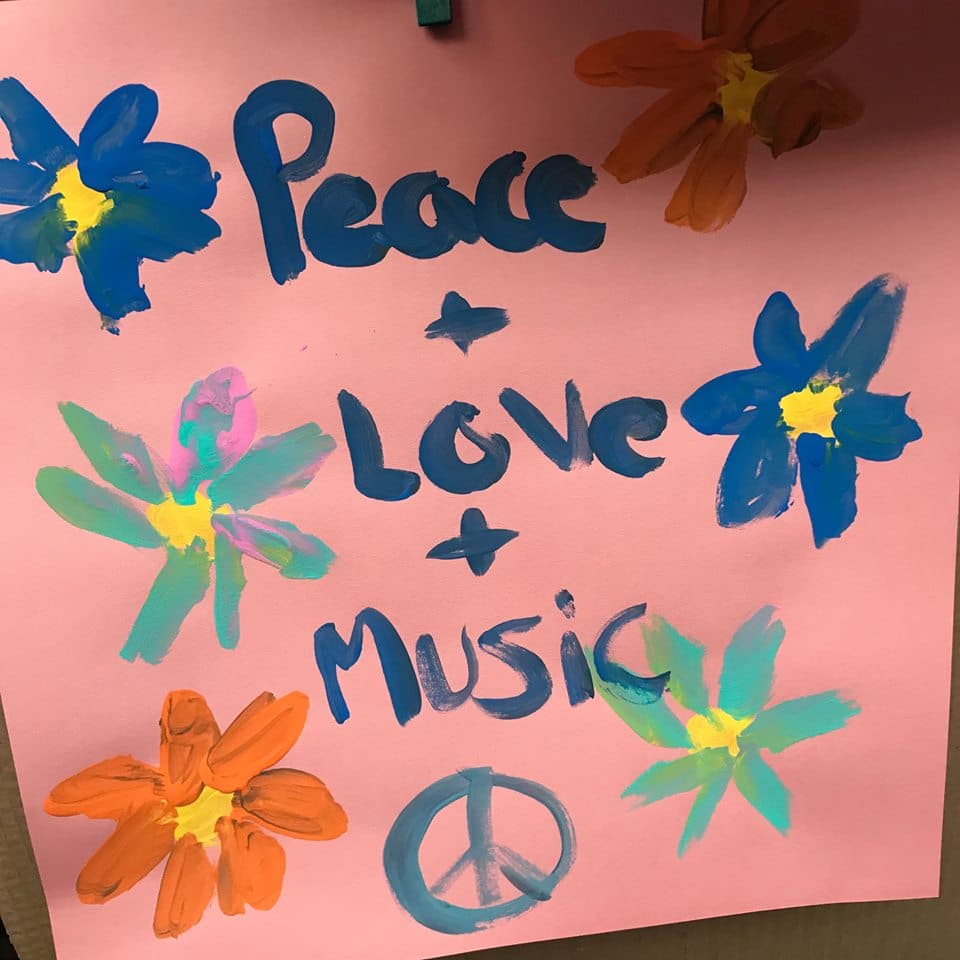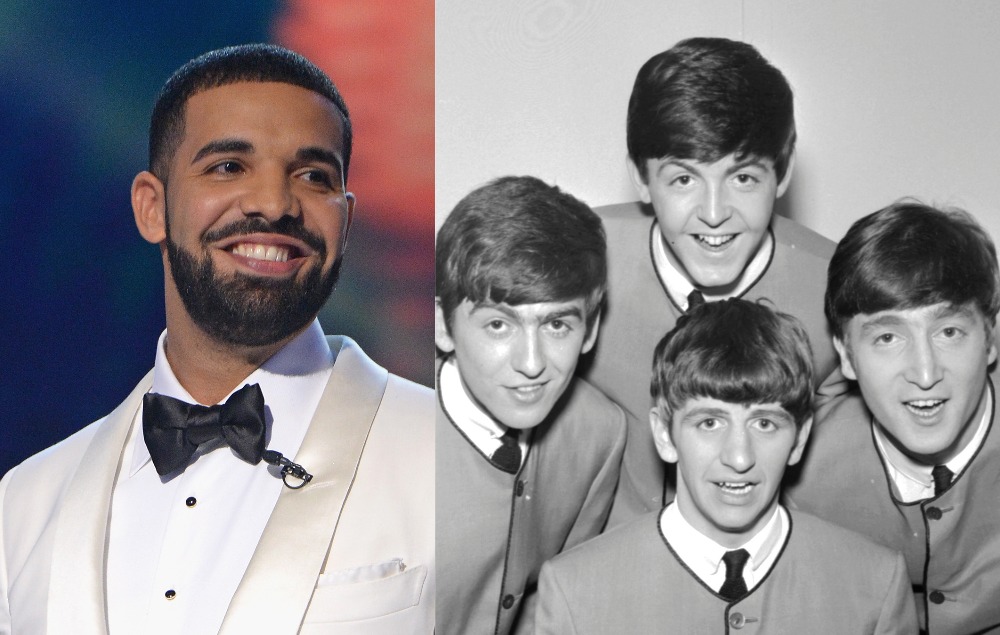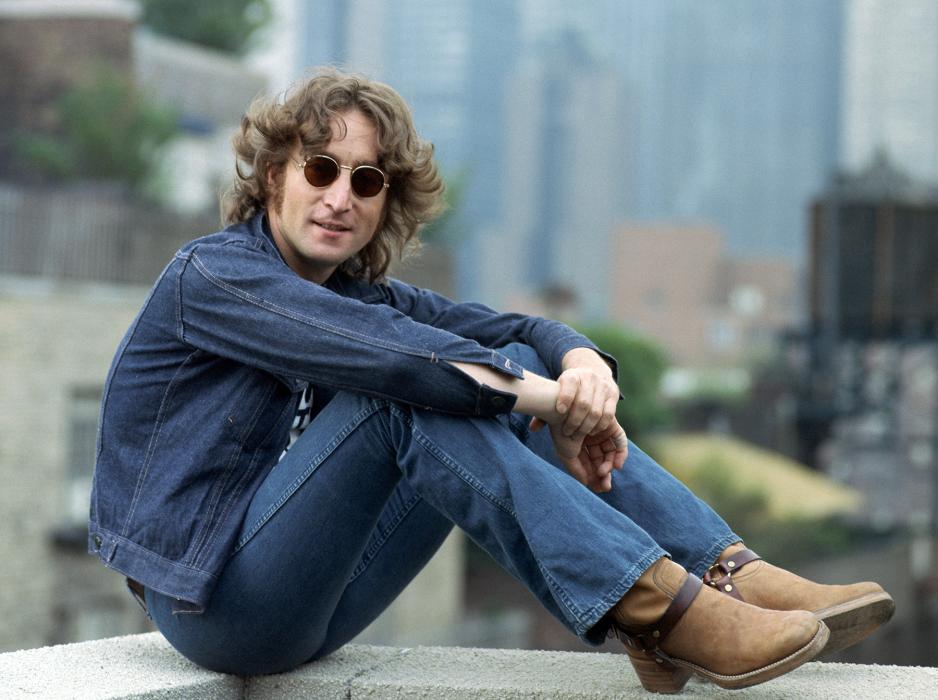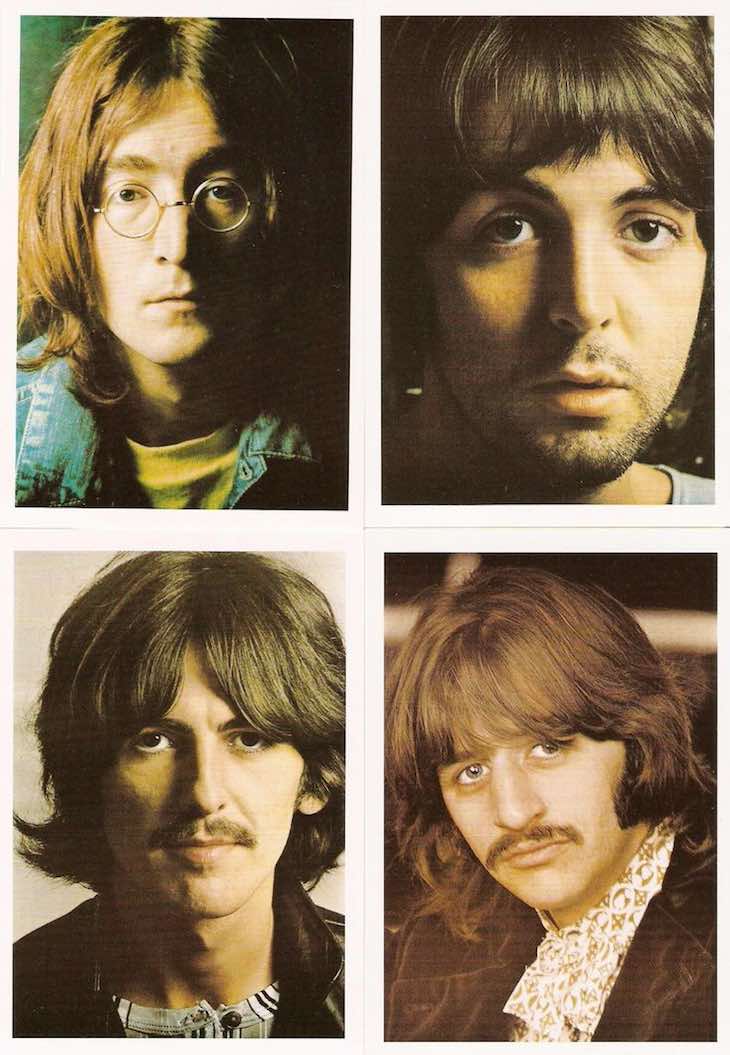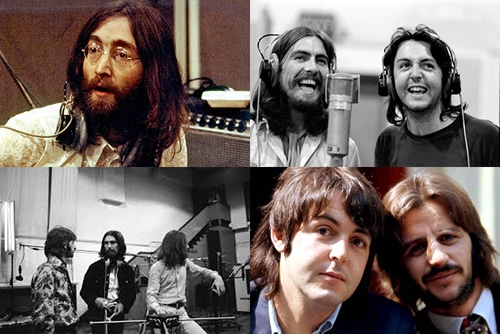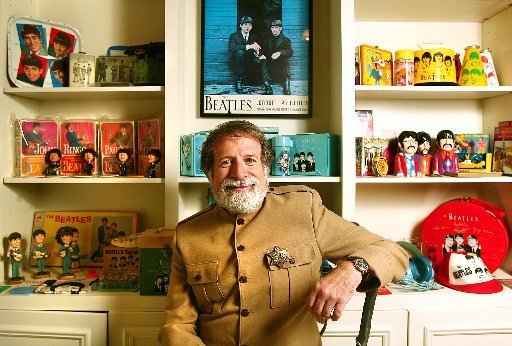“And so, this is Christmas,
And what have you done?
Another year over,
A new one just begun…”
Usually, at the close of yet another year, when I hear John singing those words, I feel guilty. Maybe it’s my engrained American “work ethic” or perhaps I really never live up to my own expectations, but somehow in December, I look back and feel that I could have done more. But this once, I have to say…2018 was a pretty darned good year, all things considered. If we pause for a moment and look back together as a Fest Family, I think we’ll discover that we had quite a lot of spectacular moments to celebrate.
First, of course, there was the New Jersey Fest in which we were extremely fortunate to welcome Peter Asher, Billy J.Kramer, Jeremy Clyde, Neil Innes, and Bachman-Turner Overdrive’s hard-rockin’ Randy Bachman. Then, Fest favorites, Liverpool, The Weeklings, Mark Rivera, and Scott Erickson gave us a lot to write home about. It was a busy weekend, but now and again we stopped for a moment to take in the breathtaking view across the river: New York’s skyline. We absolutely love our new location!
Then…just a few weeks later, our own Michelle Joni Lapidos, released her first CD of songs, Swimming in Rainbows, produced by none other than the charismatic and beloved Mark Hudson. And Fest brother, Laurence Juber, performed with Michelle on several songs, making this LP a real “family affair.” If you missed Michelle Joni’s appearance on “She Said She Said,” radio show, give it a listen here. She talks about the evolution of the LP and plays several tracks for you. Enjoy!
August was here before we knew it…and brought with it a brand-new book, Sound Images, from our esteemed colleague and friend, Dr. Ken Womack. (This is the second half of his incredible biography of Sir George Martin, entitled Maximum Volume.) Just weeks prior to the Chicago Fest, Ken premiered the book in England, and then, he came home to celebrate with us.
Similarly, I was thrilled to celebrate the release of Vol. 4 in The John Lennon Series, Should Have Known Better, at the Fest with a Saturday morning launch party. No other celebration that I’ve ever had even begins to compare to that event — being surrounded by my Beatles friends and family was a once-in-a-lifetime! Thank you all!
The Chicago Fest was off the charts! Big crowds, big sales, big fun! Jack Douglas was a Guest Speaker for the first time, and yes, he was spectacular! Funny, engrossing, and full of great stories about his time with John Lennon…Jack kept us all engaged. And we were all blessed to hear from Geoff Emerick as well. We had no idea, as we listened to him share his stories of days with George Martin and the boys at EMI, that this would be the last time we’d spend together. Geoff had made plans to return to the Fest for Jersey 2019. Those of us who were privileged to share that time in Chicago with Geoff were so lucky. The Fest always offers rare moments like that…if we will only take time to enjoy them.
Ordinarily, at the close of the Chicago Fest, we say “goodbye” to one another for the year, but in 2018, there was more to come…as we applauded the 1968 magic that was “Yellow Submarine.” Many members of our Fest Family, all across America, were asked to speak in major metropolitan theaters, introducing the re-released film that was being served up to audiences in August and September. Dr. Kit O’Toole, Bruce Spizer, and I were just a few of the authors who were asked to give moviegoers the history of this incredible film and to set the stage for the new release.
Speaking of new releases, our Liddypool mate, Dave Bedford, graced us all with his third incredible book this fall. A comprehensive look at each and every person who furnished that all-important backbeat for The Beatles, Finding the Fourth Beatle was released in September, and it’s remarkable!
Then — anticipating yet another Golden Anniversary for “the lads from Liddypool” — our dear friend, Bruce Spizer, released a gorgeous new book entitled, The Beatles White Album and the Launch of Apple. Filled with rare images, fan remembrances, and a unique look at 1968 supplied by guest writers Al Sussman and Piers Hemmingsen, Spizer’s work is up to his usual high bar. It’s a keeper.
Soon after, Ken Mansfield treated us to his insider’s look at what happened on The Roof. Subtitled The Beatles’ Final Concert, Mansfield’s moment-by-moment remembrance lets us live out what transpired on that cold and windy London day when John, Paul, George, Ringo, and yes, Ken, too (“the man in the white coat”) took to the roof to sing their final goodbyes. Sigh.
Well, as if these family accomplishments weren’t enough, 2018 gave us yet a bit more! Most of our cast and crew were still looking forward to yet another incredible event: The White Album Conference at Monmouth University in West Long Branch, New Jersey. This distinguished symposium, hosted by Dr. Ken Womack in honor of The White’s 50th birthday, was (quite happily) our third “fest” of the year — an off-site gathering of our group with Jim Berkenstadt, Lanea Stagg, Al Sussman, Susan and Jim Ryan, Scott Erickson, Tom Frangione, Bruce Spizer, Vivek Tiwary, Gary Astridge, Dr. Kit O’Toole, Jerry Hammack, Wally Podrazik, Nicole and Jacob Michael, Aaron Krerowicz, Janet Davis, Eric Taros, Karen Duchaj, Robert Rodriguez, Anthony Robustelli, Dave Thurmaier, Allison Boron, Erika White, Walter Everett, Mark Brickley, and of course, our fearless leaders Mark and Carol Lapidos all taking part! At the stroke of midnight on 8 November (12:01 a.m., Nov. 9), Mark and Carol made it possible for us to purchase the very first re-engineered CDs of the White — at an opening event listening party where Bruce Spizer and Scott Freiman shared insights into these wonderfully old, but vitally new and refreshed, tracks.
For four days, our group was enthralled by presentations from some of the best and finest in The Beatles’ World, including Sound Engineer, Chris Thomas; American Head of Apple, Ken Mansfield; co-traveler with The Beatles to Rishikesh, Paul Saltzman; and of course, Beatles’ Guru, Mark Lewisohn! We heard from Allan Kozinn, Ken Michaels, Walter Everett, Jeff Slate, The Fab 4 Free for All (Rob Leonard, Mitch Axelrod, and Tony Traguardo) and so many more! What an event it was! Hats off to Ken Womack for a stellar event!
And so, dear John, for once at the close of December, we’re smiling. We’ve given it our all in 2018! We’ve
“represented.” We’ve shown up. We’ve written. We’ve painted. We’ve researched. We’ve sung. We’ve celebrated. We’ve remembered. But most of all, we’ve continued to shine on. And that — I know you would say — is good enough.
However, there will be more!! To be continued in 2019…
Jude Southerland Kessler is the author of the John Lennon Series: www.johnlennonseries.com
Jude is represented by 910 Public Relations — @910PubRel on Twitter and 910 Public Relations on Facebook.




